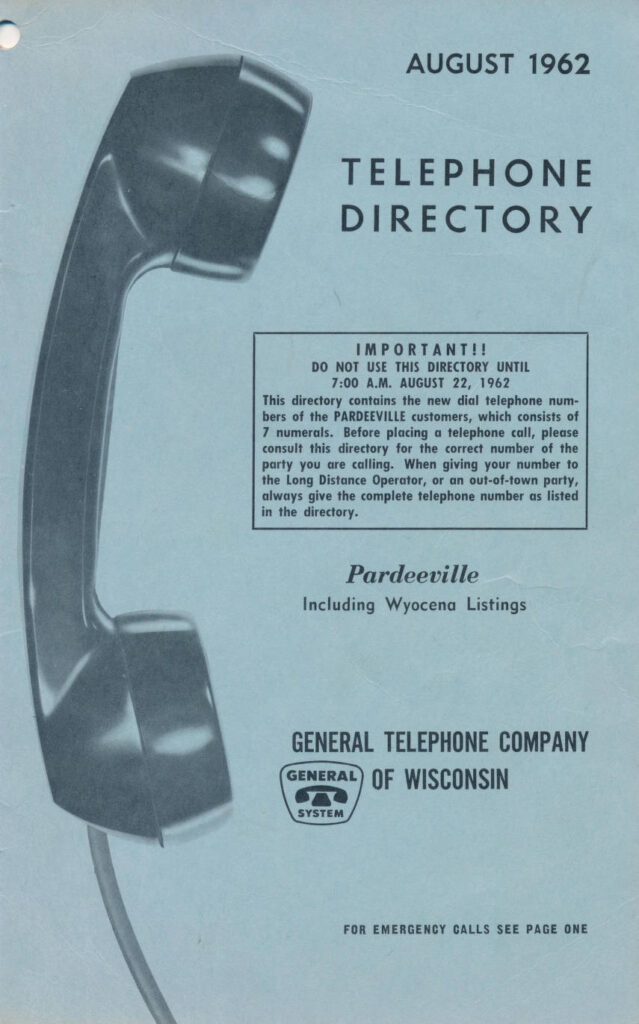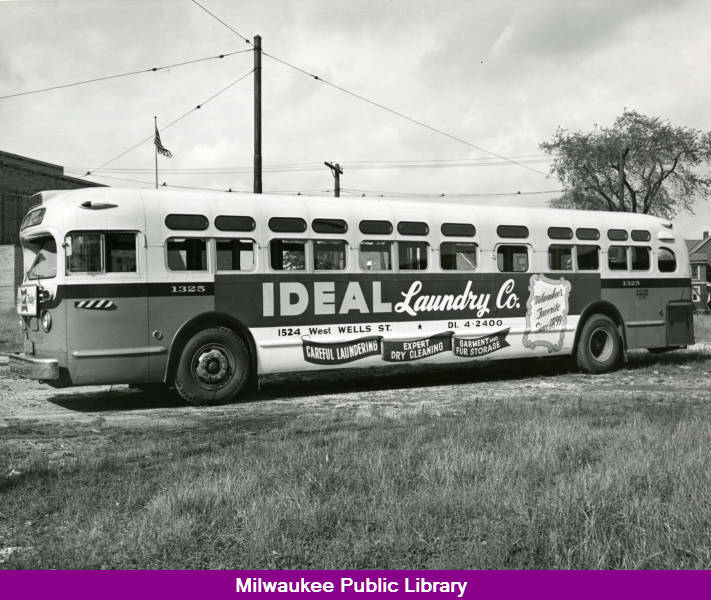
Angie W. Cox Library, Pardeeville
Phone books from the mid-century are crucial data sources for a new toolkit offered by the Wisconsin Department of Health Services (DHS) and the Wisconsin Department of Natural Resources (DNR): “Through the Cracks: Preventing Vapor Intrusion Exposure in Wisconsin and Keeping Children and Families Safe.” Libraries have a unique opportunity to support public health and the utility of the toolkit by preserving these important resources.
The purpose of this toolkit is to introduce targeted audiences, including local health department officials and city developers, to the public health risks associated with properties that may be contaminated from years of occupancy by former dry cleaner businesses. The toolkit further serves to guide these audiences through the process of documenting locations of former dry cleaner operations in an effort to prevent harmful exposures to current or future building occupants. Old phone books are essential to this process.
Throughout much of the 20th century, dry cleaners often used cleaning solvents containing chemicals known as chlorinated volatile organic compounds, or CVOCs. Inadequate disposal practices of the past were often responsible for spills of these chemicals into the environment. CVOCs take a long time to break down, and contamination often remains for decades in the ground below and adjacent to the former dry cleaning site.
CVOCs can turn into vapor and move through soil and along underground utility lines to the foundation of a nearby building. When the vapor enters the building through cracks in the foundation or along utility lines, this is called vapor intrusion. Vapor intrusion can present health risks to building occupants who breathe in the chemical vapors.

Milwaukee Public Library
While we can find just about everything on the internet these days, we would likely have trouble finding locations of dry cleaning businesses that operated between 1930 and 2000. This is where old phone books come in handy: these books typically contain not only the addresses of former businesses, but also helpful hints about the services they offered (for example, whether dry cleaning happened on-site) that are found in advertisements scattered throughout the musty, yellowed pages.
Anyone looking to complete this project will utilize old phone books to create an inventory of past dry cleaning businesses, and then prioritize these sites based on special criteria to determine the likelihood that contamination, and thus a public health risk, remains. After these locations are identified and ranked, a number of actions outlined in the toolkit can be taken to prevent vapor intrusion exposure and protect the health of building occupants.
Old phone books can also be used to build an extended inventory of additional types of past businesses that are possible sources of vapor intrusion and other contamination-related problems. These include gas stations, auto repair shops, metal platers, foundries, and machine shops.
DHS and DNR learned that some libraries are discarding old phone books due to space limitations. DHS and DNR encourage libraries and other groups who have collections of these documents to prioritize and retain these important historical resources. As these hard-copy resources continue to degrade, DHS and DNR also encourage their owners to scan and preserve these resources in an electronic format.
Who would have thought old phone books could be so essential to preventing an environmental public health hazard?
For more information on this prevention project, visit the WDNR Vapor Intrusion Prevention and Partnership Toolkit website. For more information on the health impacts of vapor intrusion exposure, visit the WDHS Vapor Intrusion website.



You must be logged in to post a comment.